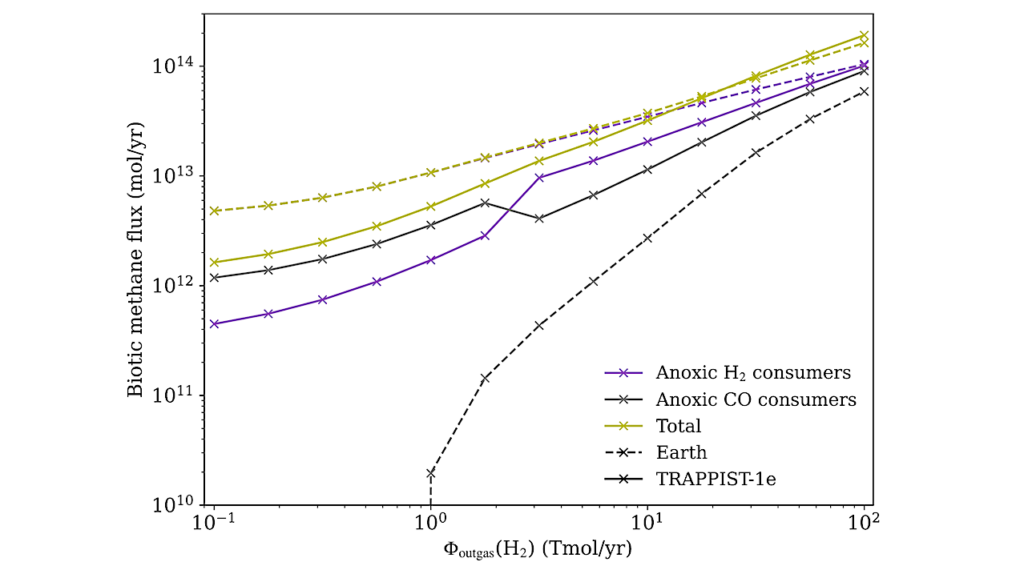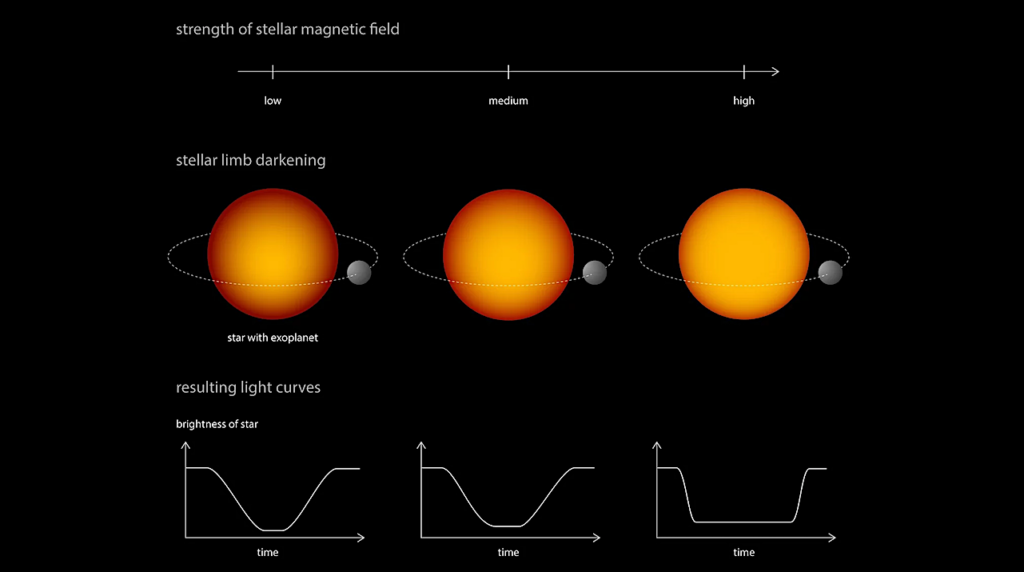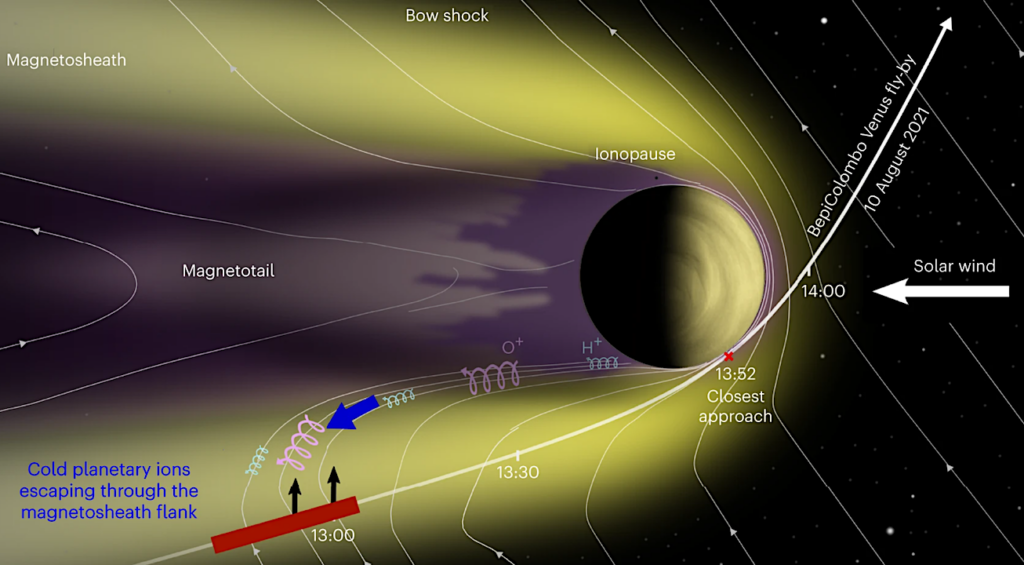Episodic Deluges In Simulated Hothouse Climates

Earth’s distant past and potentially its future include extremely warm “hothouse” climate states, but little is known about how the atmosphere behaves in such states.
One distinguishing characteristic of hothouse climates is that they feature lower-tropospheric radiative heating, rather than cooling, due to the closing of the water vapor infrared window regions. Previous work has suggested that this could lead to temperature inversions and significant changes in cloud cover, but no previous modeling of the hothouse regime has resolved convective-scale turbulent air motions and cloud cover directly, thus leaving many questions about hothouse radiative heating unanswered.
Here, we conduct simulations that explicitly resolve convection and find that lower-tropospheric radiative heating in hothouse climates causes the hydrologic cycle to shift from a quasi-steady regime to a “relaxation oscillator” regime, in which precipitation occurs in short and intense outbursts separated by multi-day dry spells.
The transition to the oscillatory regime is accompanied by strongly enhanced local precipitation fluxes, a significant increase in cloud cover, and a transiently positive (unstable) climate feedback parameter. Our results indicate that hothouse climates may feature a novel form of “temporal” convective self-organization, with implications for both cloud coverage and erosion processes.
Jacob Seeley, Robin Wordsworth
Subjects: Earth and Planetary Astrophysics (astro-ph.EP); Adaptation and Self-Organizing Systems (nlin.AO); Atmospheric and Oceanic Physics (physics.ao-ph)
Journal reference: Nature 599, 74-79 (2021)
DOI: 10.1038/s41586-021-03919-z
Cite as: arXiv:2111.03109 [astro-ph.EP] (or arXiv:2111.03109v1 [astro-ph.EP] for this version)
Submission history
From: Jacob Seeley
[v1] Thu, 4 Nov 2021 19:11:07 UTC (18,827 KB)
https://arxiv.org/abs/2111.03109
Astrobiology,








